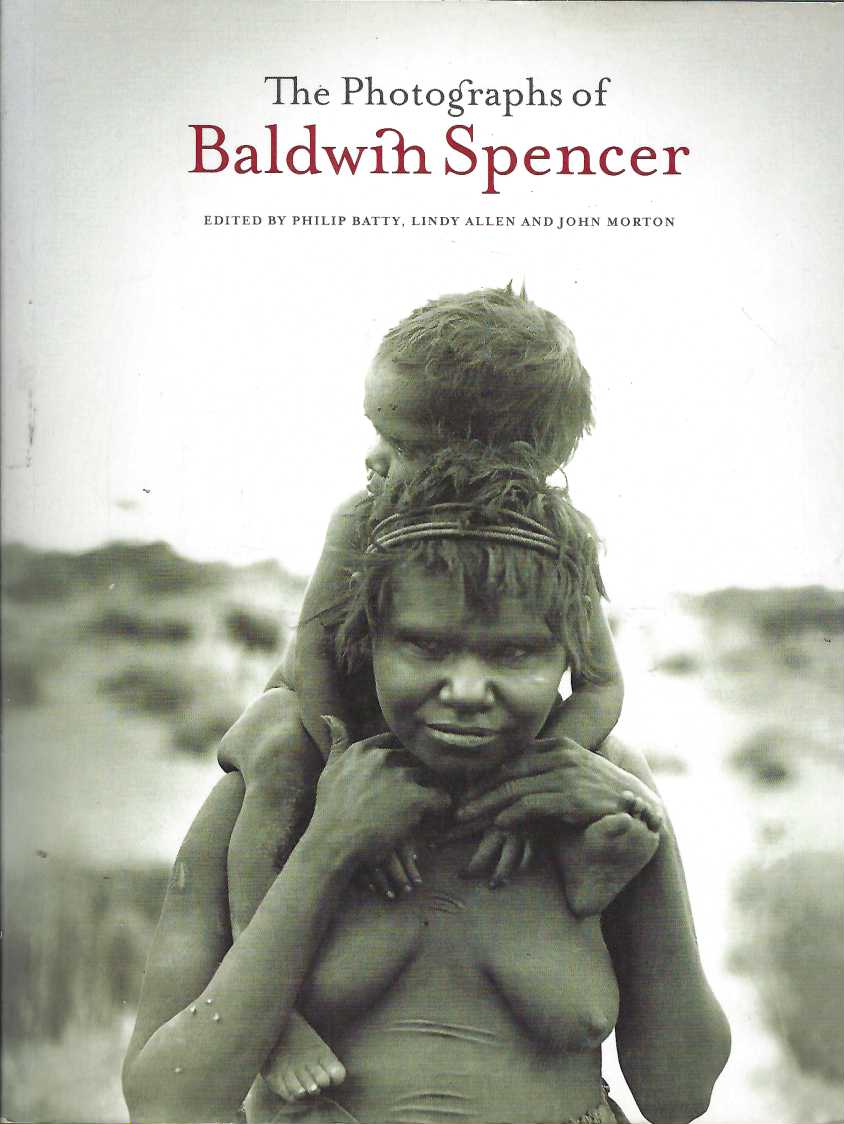SCARCE In 1894 Spencer was appointed as biologist and photographer for the Horn Expedition, the first scientific expedition to Central Australia. In 1901, he and Frank Gillen set off from Oodnadatta to Borroloola and took an amazing 500 glass-plate photographs, 3,000 feet of moving film and recordings of Aboriginal songs on wax cylinder phonograph. The Baldwin Spencer photographic archive is now regarded as one of the earliest and most significant ethnographic records of Aboriginal life in Australia. This extraordinary collection recorded with compassion and beauty the day-to-day lives of Aboriginal people and their cultural traditions and was to be one of the first major template for European Australia’s understanding of indigenous Australians. This expanded, new edition of THE PHOTOGRAPHS OF BALDWIN SPENCER includes stunning panoramic images of the Top End that have never before been published, as well as essays by prominent thinkers in this field, such as John Mulvaney, Howard Morphy, Nicolas Peterson and Philip Jones. The essays give us a way to understand and consider Spencer’s work, the collaboration with Gillen and importantly, how the present generation of Aboriginal Australians view their work.
xv, 223 p. : ill. (some col.), maps, ports. ; 29 cm. #260422
Revised and expanded ed. of: B. Spencer, The Aboriginal photographs of Baldwin Spencer. 1987.
Published in association with Museum Victoria.
Bibliography: p. 222.
Spencer, Baldwin, Sir, 1860-1929 — Photograph collections. | Aboriginal Australians — Pictorial works. | Aboriginal Australians — Social life and customs.
Batty, Philip | Allen, Lindy | Morton, John A | Spencer, Baldwin, Sir, 1860-1929. Aboriginal photographs of Baldwin Spencer
